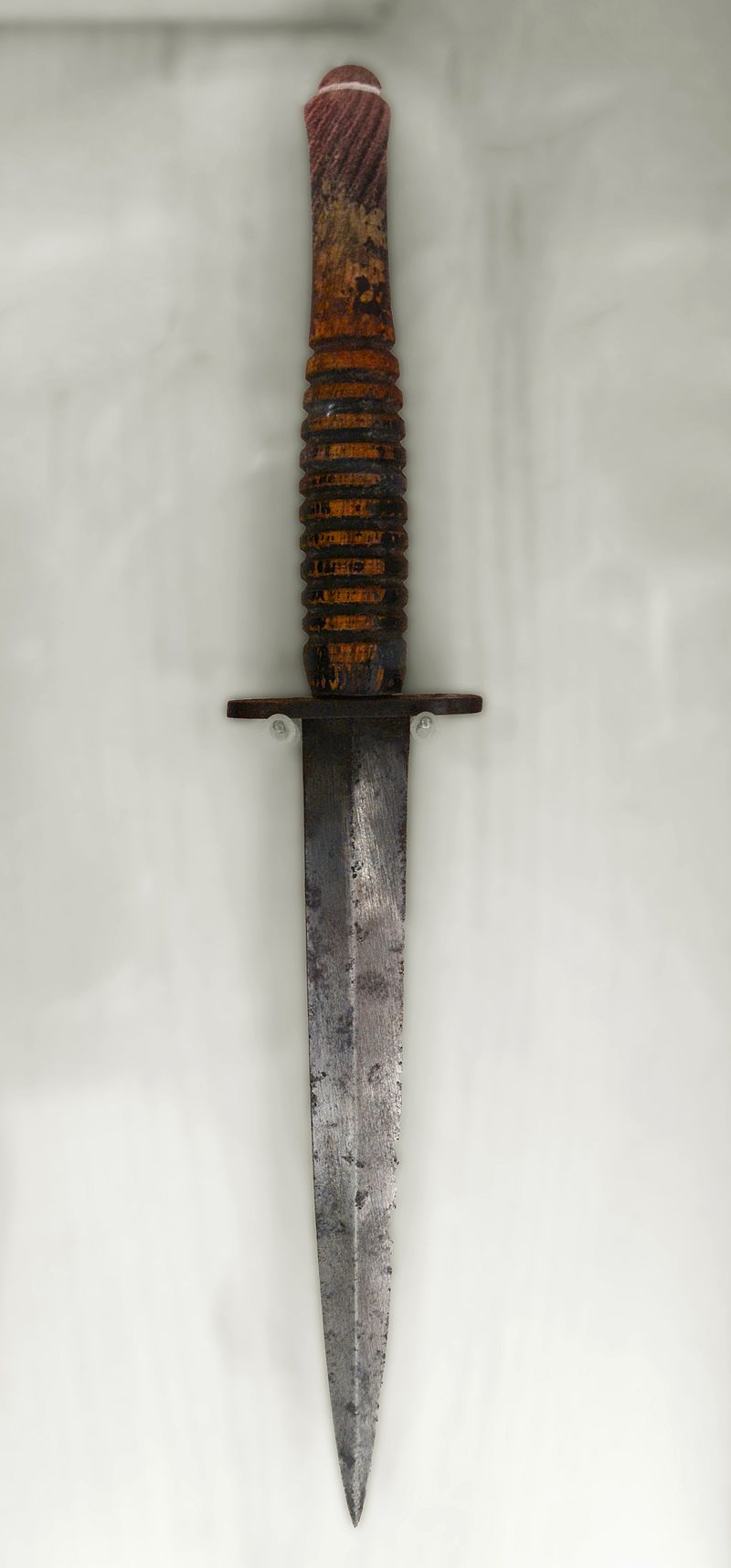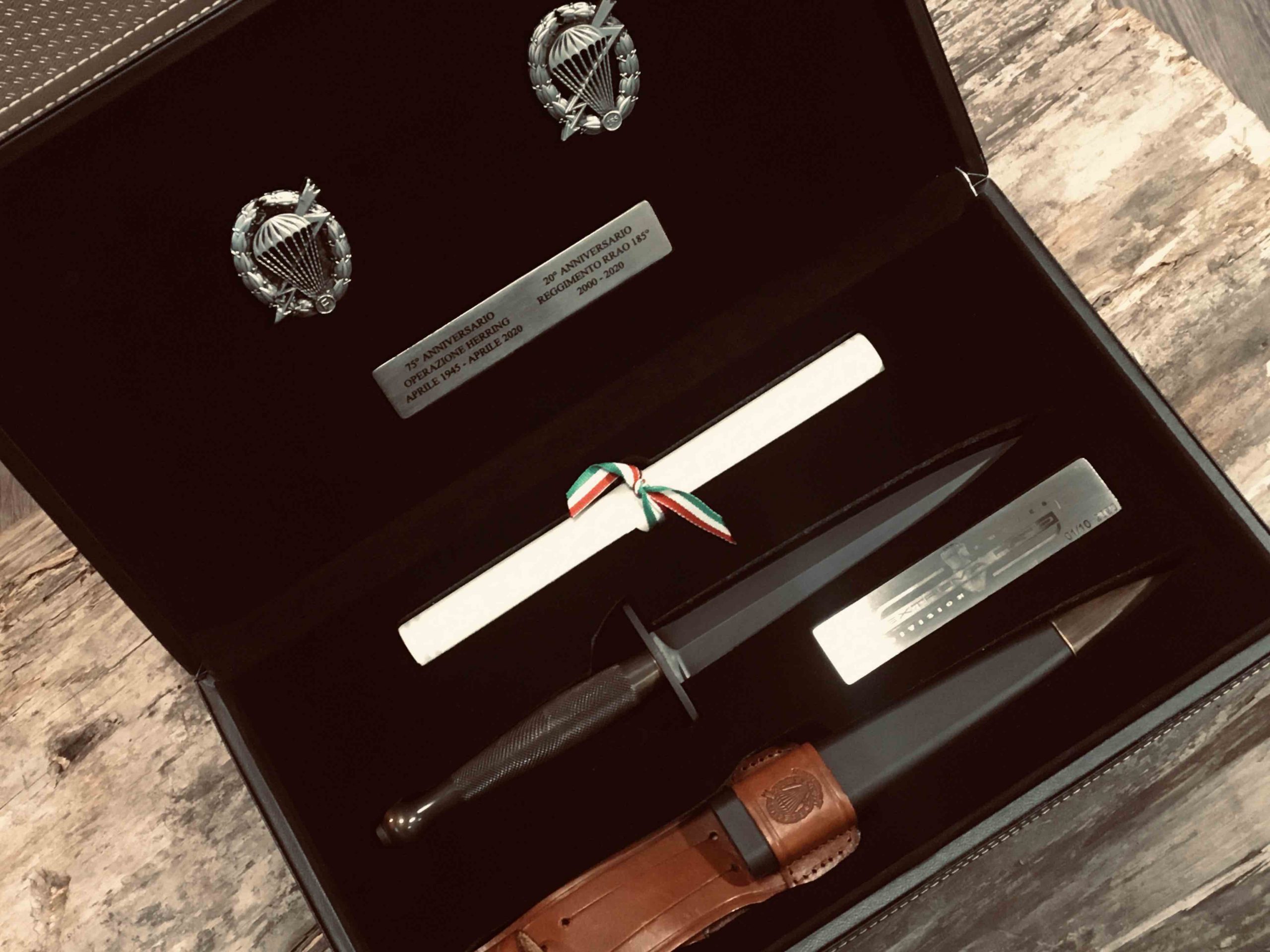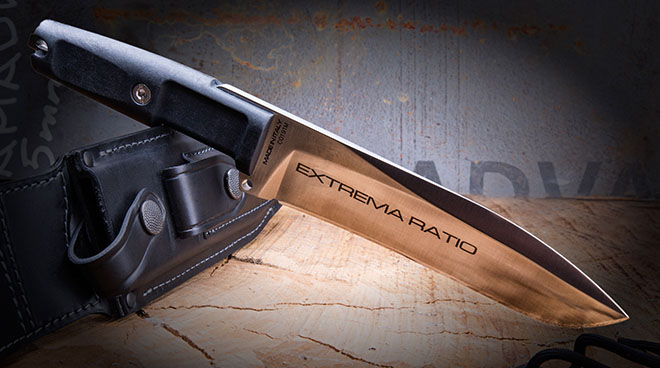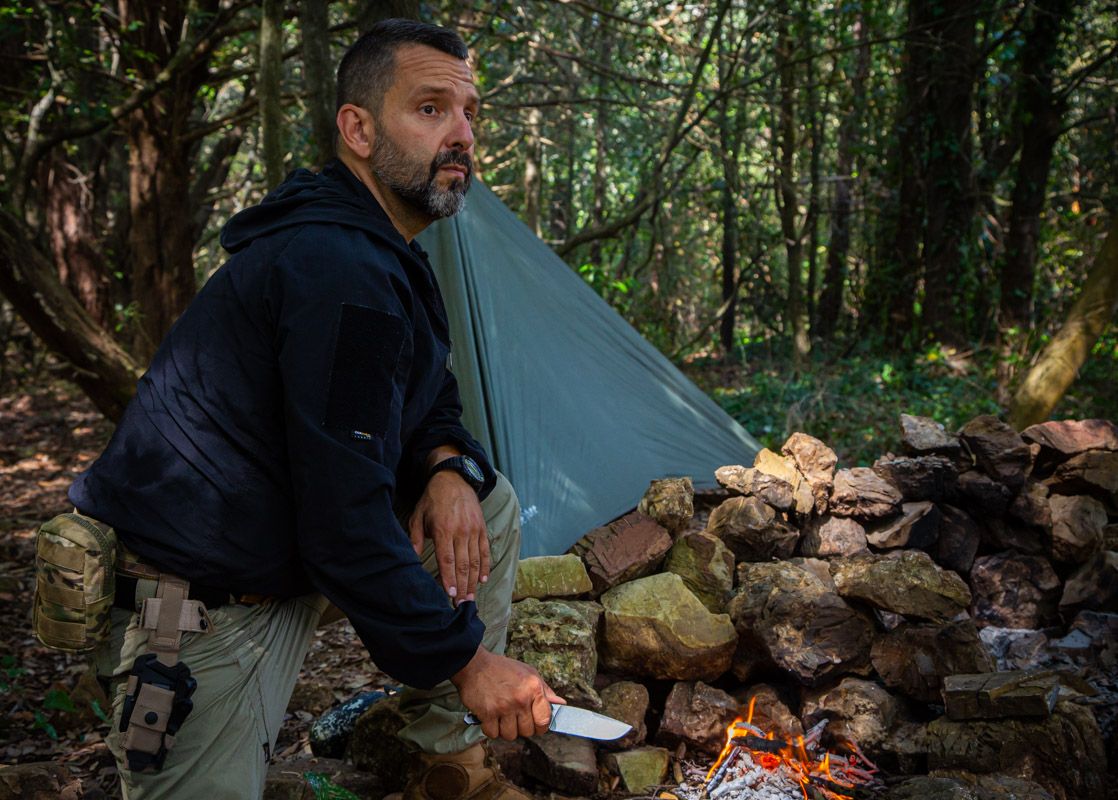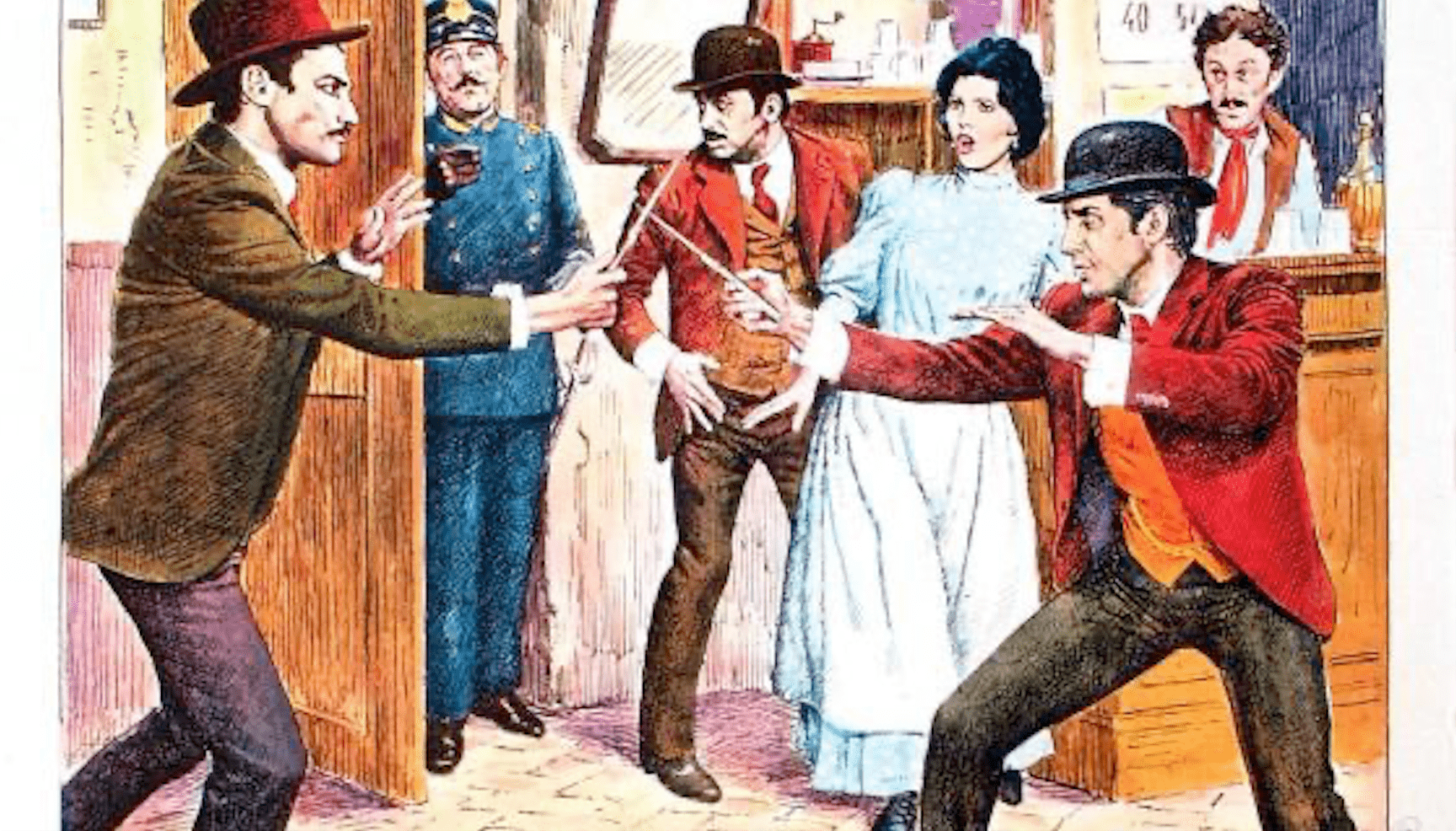Dagger Herring is one of the most loved military knives by the fans. Its original name is Fairbairn-Sykes or Commando Dagger and it was presented in the combat set of the British Commandos. A dagger that enters the history of our country in the Second World War, thanks to the young soldiers exploits of the 1st Reconnaissance Squadron “Folgore”, which were equipped with this weapon during Operation Herring. A dagger that has behind it an heroic piece of history about which little is said, despite the devotion to the cause and the courage of these young boys have written an important page of Italian history. It all started 75 years ago.
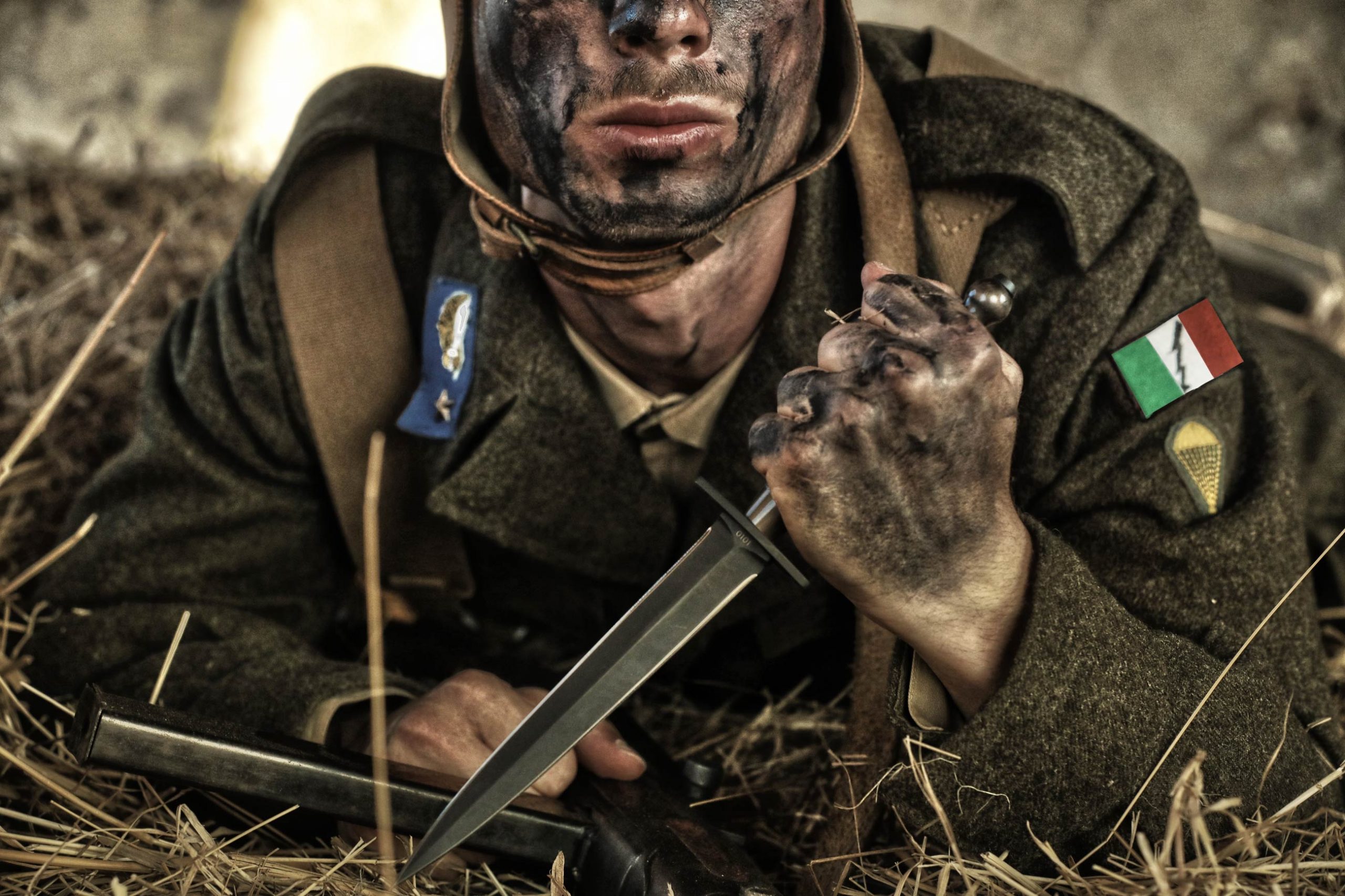
January 1945
The Germans are leaving Italy going up fiercely from south to north. They are pursued by allied troops, but also by teams of partisans and some Italian military units that act in a more autonomous way. These small units operate with rapid sabotage and guerrilla actions. The aim is to slow down as much as possible the German retreat to prevent troops from compacting and reorganizing north of the peninsula, on the Gothic line.
26 March 1945
“A special operation is being planned where a group of Italian paratroopers will be deployed. In view of the magnificent actions carried out by his department [… ] I want you to choose five officers and 100 paratroopers for this task. I want all personnel to be volunteers. As time is running out, I would be grateful if you would immediately arrange for the selection of volunteers[… ].” *.
MC Mccreery, Lieutenant General 8 Army
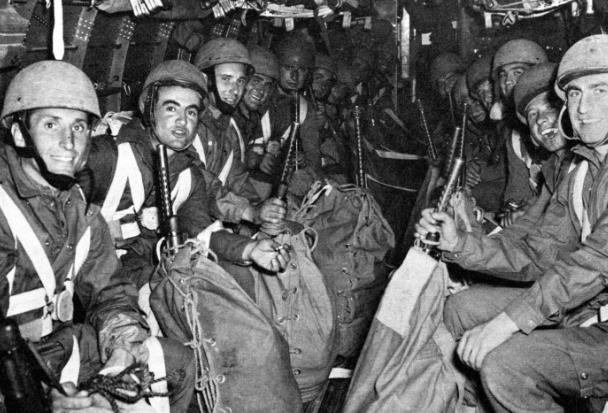
The British General Mccreery is talking about Operation Herring, which would have taken place on the night of 26 April 1945 and which consisted in the launch of paratroopers over the enemy lines, in the countryside between Mantua and Ferrara. The objective is explained in a document by Colonel Bart Marling of the 15th British Army Group:
“[… ] we must harass and delay the enemy retreat south of the Po River […], small groups of 3/4 paratroopers […] and will be launched on a strip of territory south of the Po […]. The teams will hit walkways and small bridges, […] they will tend nocturnal ambushes [… ] will hide in the ditches […] will signal enemy positions to the air forces[… ]. “
The explanation of voluntary adherence to the mission, makes us understand the moral depth of these soldiers. The war is almost over. The Germans are retreating and the chances of being deployed on dangerous new missions are very low. I mean, the people who participate in Operation Herring risk dying to sabotage a retreat a few days before the armistice. Not exactly a secondary factor after years of war and horrors.
The British general Mccreery, as per his request, receives the endorsements of the paratroopers of the 1st Reconnaissance Squadron “Folgore”. It is a nucleus of brave young but experienced soldiers from all over Italy. They operated more autonomously than traditional infantry, moving in small teams of a few men and carrying out acts of sabotage, infiltration and reconnaissance.
For the Herring mission they were equipped with weapons supplied by the British Commandos to which they had been embedded. Among these is the Commando Dagger, the famous dagger of the British assault troops that, after this operation, enters the military history and history of our country.
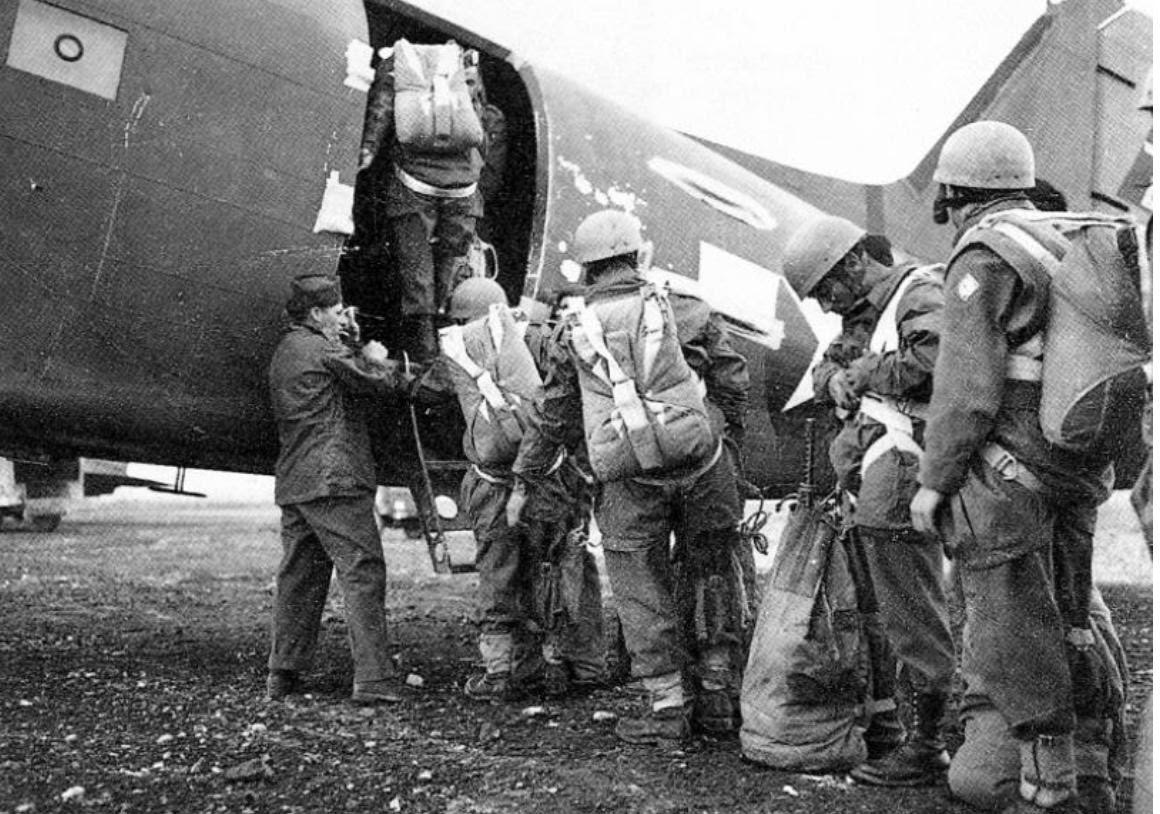
The rest, in fact, is history. The 1st Reconnaissance Squadron “Folgore” at the end of the conflict is one of the most decorated ever of the Italian army: out of just over three hundred soldiers were awarded 3 gold medals for military valor, 100 silver medals, 25 bronze medals, 66 crosses to the merit and 4 promotions for merit of war.
In Operation Herring 12 members fell, but the damage that they made to Nazi forces is still one of the most heroic pages of a generation of Italians, fighters, who helped writing a page of history.
The dagger Commando Dagger, now renamed Herring, was adopted by the 185th Parachute Regiment reconnaissance targets acquisition “Folgore” (RRAO), the special department of the army which in a sense takes up the legacy of the 1st Reconnaissance Squadron “Folgore”. It is produced by the Tuscan company Extrema Ratio. One of the originals, used during the mission, is preserved in Livorno in the RRAO museum.
